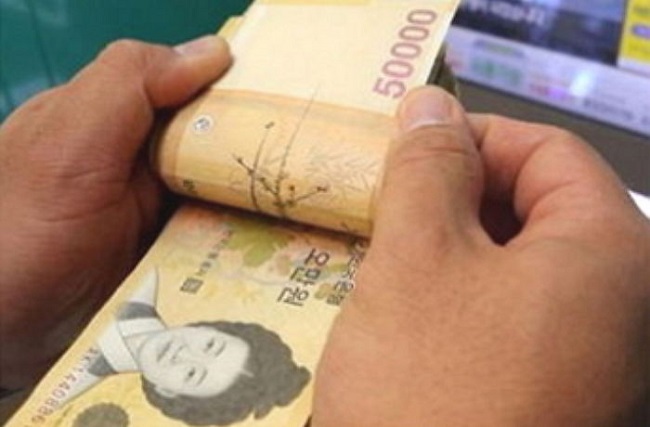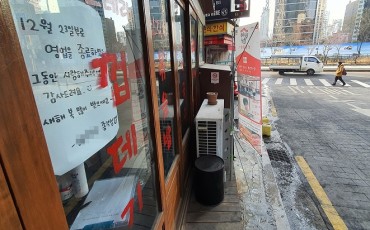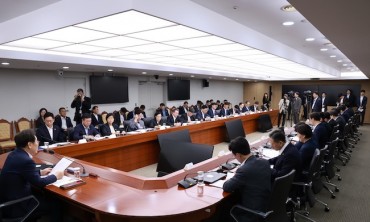
South Korea ranks near the top in terms of workers’ income inequality, where the top 10 percent of earners make 4.5 times what the bottom 10 percent take home, a recent report from the Organization for Economic Cooperation and Development (OECD) said. (Image: Yonhap)
SEOUL, Jan. 24 (Korea Bizwire) — South Korea ranks near the top in terms of workers’ income inequality, where the top 10 percent of earners make 4.5 times what the bottom 10 percent take home, a recent report from the Organization for Economic Cooperation and Development (OECD) said.
The report analyzed figures for 2016 for 10 countries where relevant data were available.
Figures for South Korea showed it came second only to the United States in income inequality, which measures the gap between highest and lowest earners. In the U.S., the top earners had incomes that were 5.05-times larger than those earned by the bottom 10 percent.
Hungary was third with 3.74 times. New Zealand ranked at the bottom with 2.86 times.
In a broader measure in the 2015 report, which covered 21 countries, South Korea again was second after the U.S. with a gap of 4.59-fold. Norway (2.55 times), Denmark (2.56 times) and Finland (2.56 times) showed the smallest gaps in the 2015 report. Japan’s figures came to 2.94 times for the year, the smallest difference outside of the three northern European nations.
Wage income inequality in South Korea widened to 5.12 times in 2006, up from 4.4 times in 2000. It has been narrowing since then, but at a slow pace, data showed.
South Korea ranked fourth in terms of the gap for the 2000-2001 period, and fifth for 2002-2004. It rose to No. 3 in 2005 and to No. 2 in 2006. After dropping to third for 2009-2011, it has stayed at No. 2 since 2012.
The country also had one of the largest proportions of low-paid workers. In 2016, their numbers accounted for 23.5 percent of earners, second to 24.91 percent of the U.S. The figure for South Korea indicates a paltry improvement of 1.08 percentage points from 2000.
“In the U.S., the wage gap widens according to academic background and skill, but in South Korea, the biggest cause is the difference in pay between conglomerates and smaller companies,” Chung Sung-mi of the Korea Labor Institute said. “There are also chronic factors for inequality, such as pay level for women returning to the workforce.”
(Yonhap)






